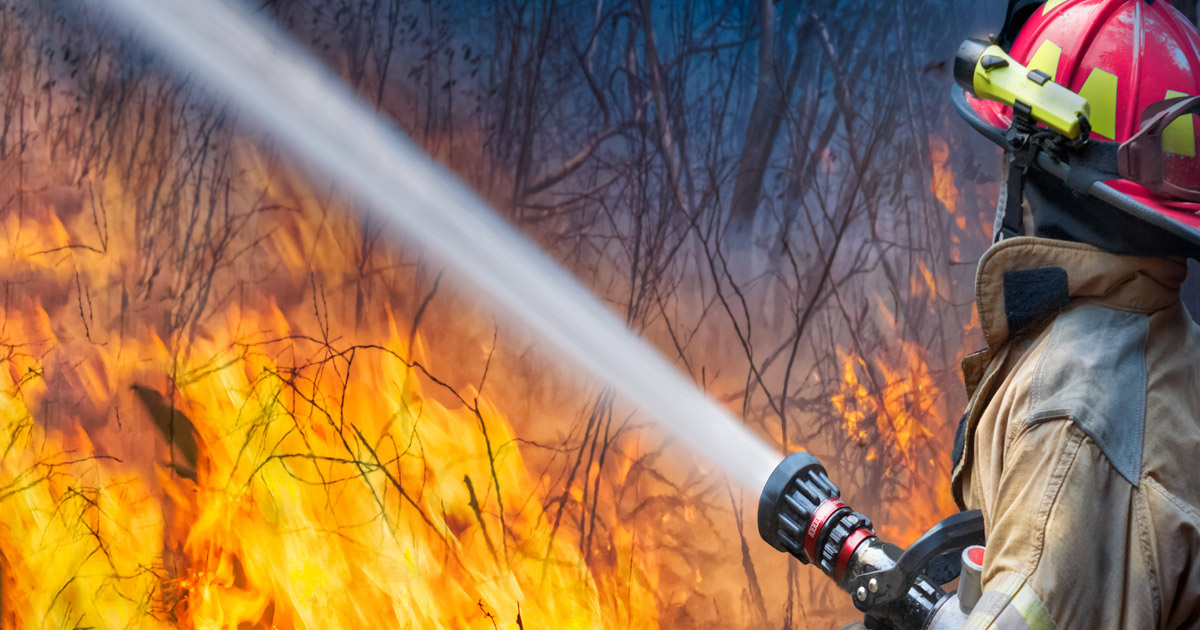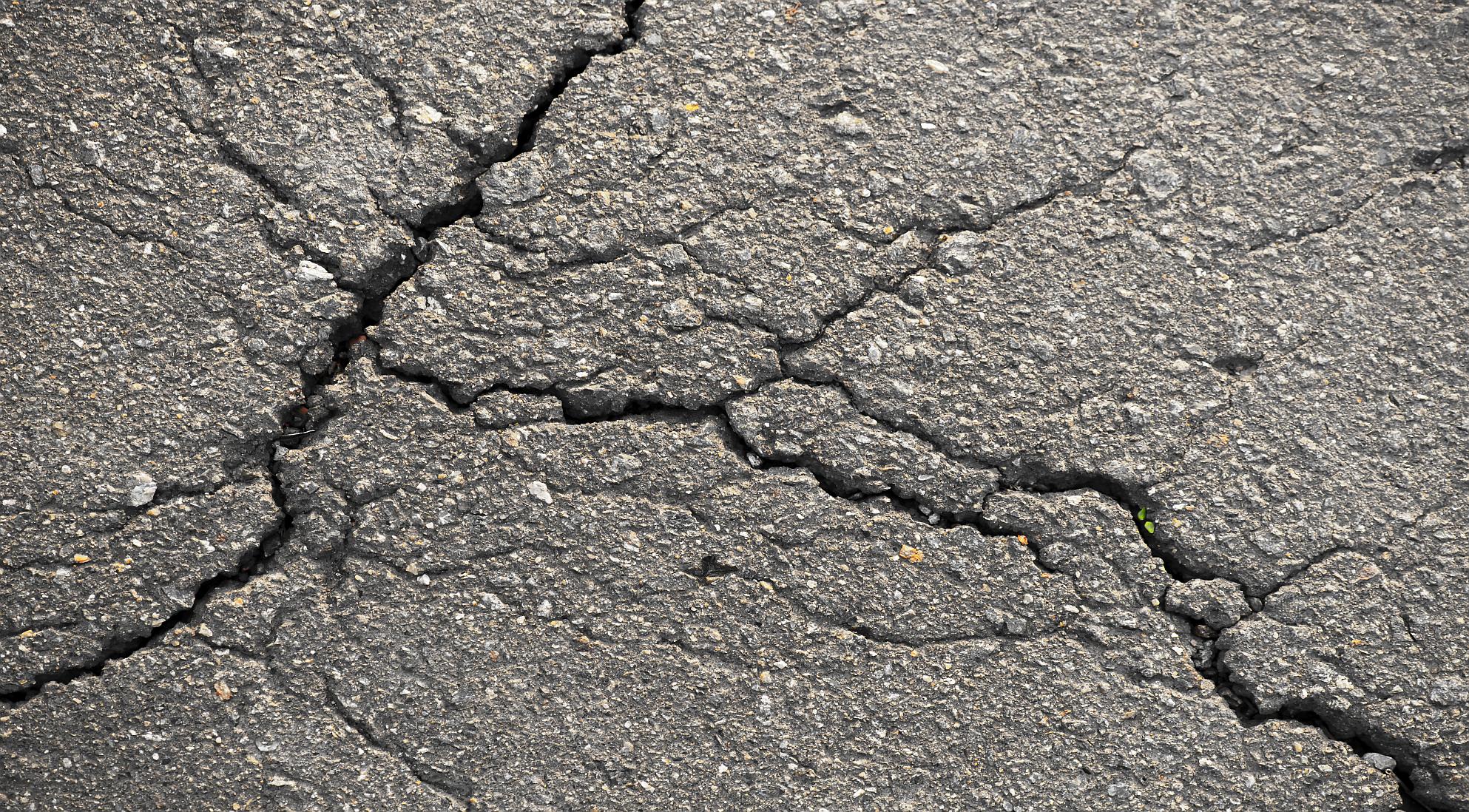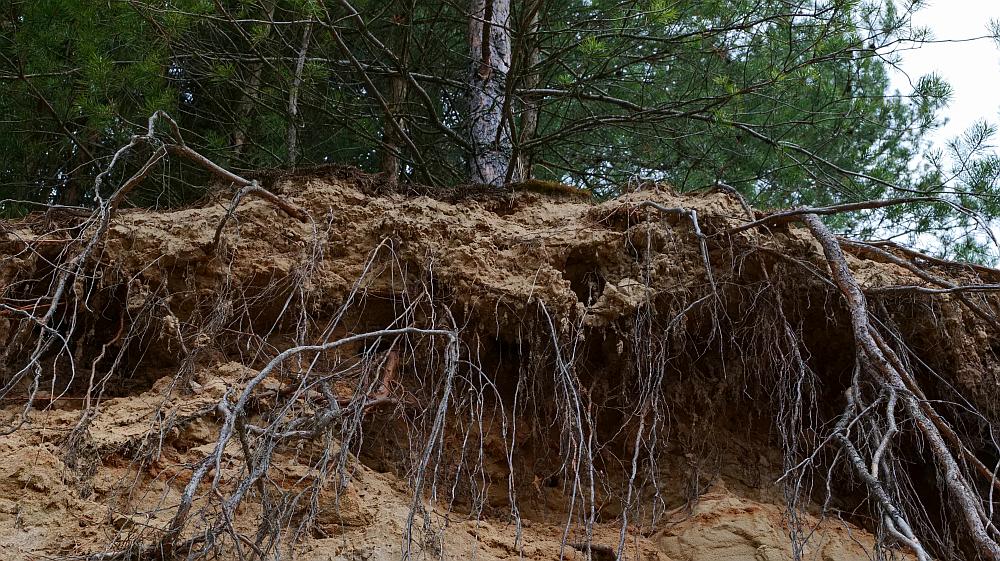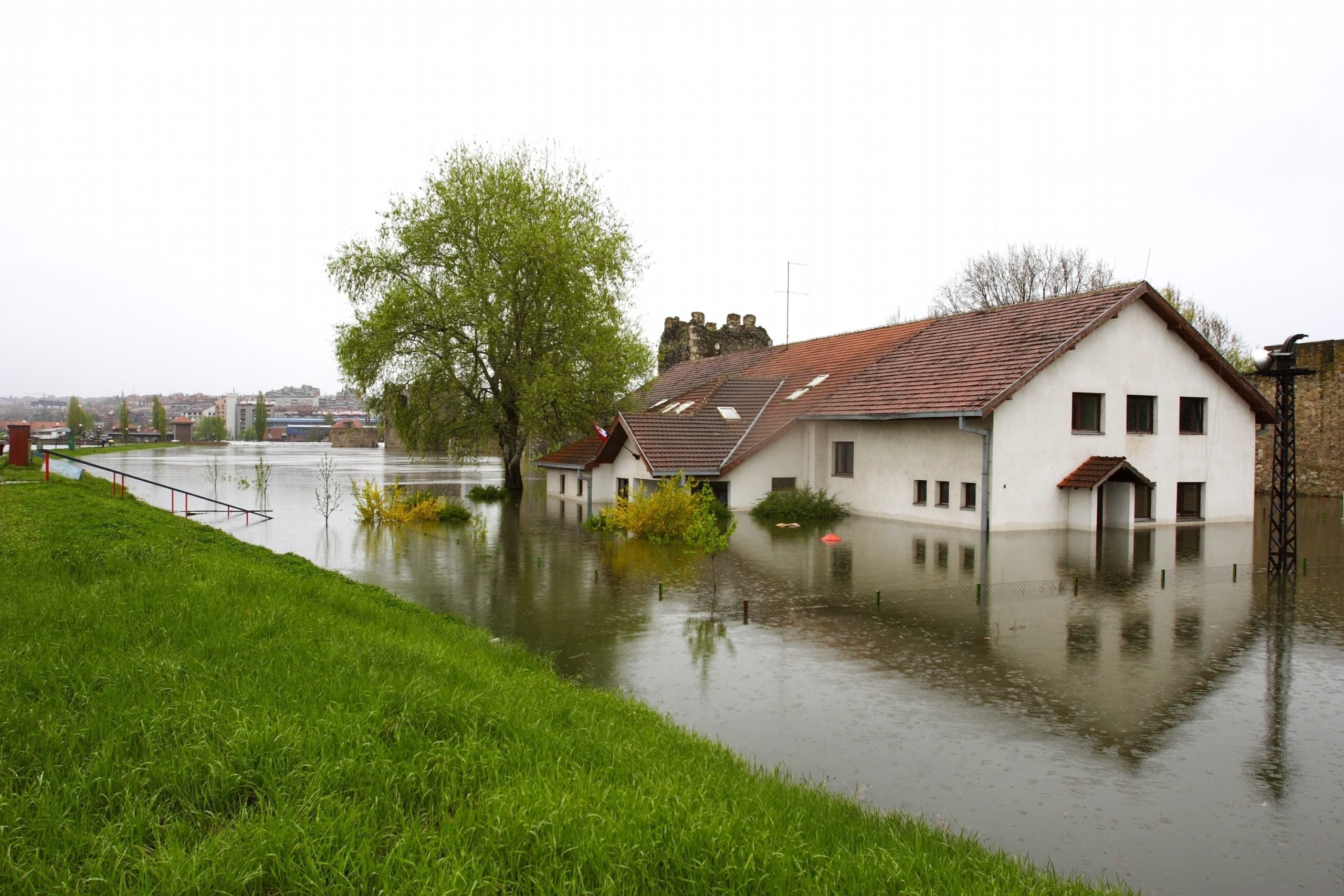
California is no stranger to wildfires, but 2020 has been one of the most devastating wildfire seasons in decades. In addition to the tragic loss of wildlife, millions of acres of land have been scorched, and homes, businesses, and other structures have been destroyed. First responders have been putting their lives on the line every day to try to control the blaze and protect civilians. However, over 40 lives have been lost to these devastating wildfires. Although nothing can compare to the loss of life, the damage that wildfires can cause to one’s home, business, or other property can be physically, emotionally, and financially devastating. In addition to the actual flames, the smoke from a wildfire can also cause extensive property damage. An experienced property damage lawyer will assist homeowners with the claims process and seek the financial compensation they deserve.
According to the North American Seasonal Fire Assessment and Outlook from the National Interagency Fire Center, the 2020 wildfire season has been so severe because of the late arrival of the annual monsoon rains in the Southwest, as well as other factors. This year alone, over 42,000 wildfires have burned over 6.7 million acres of land. Of those wildfires, 87 active fires have caused over 4.7 million acres of property damage. Unfortunately, because of climate change and the continued rise in temperature, wildfires are expected to be a major concern for years to come.
Up to 85 percent of wildfires are caused by people. From leaving campfires unattended, to discarding a lit cigarette in an area where there is dry vegetation, to intentional acts of arson, these acts of carelessness or negligence can cause wildfires that are extremely difficult to control. However, the growing severity of some of the latest wildfires can be attributed to the following factors:
The obvious damage caused by wildfires is from the actual flames, which can destroy properties and their foundations. However, the smoke from wildfires can also cause extreme damage to homes, buildings, landscaping, furniture, and other household belongings. The following are types of damage that flames and smoke can cause:
If a homeowner lives in an area that is more likely to be affected by wildfires, safety should always be a top priority, even if that means gathering up as many valuable and essential items as possible before leaving the property and getting to a safe place. However, there are steps that can be taken to minimize the damage caused by fire and smoke, including the following:
In 2017, wildfires destroyed roughly 10 million acres, which generated $21 billion in losses. The following year, over 8.7 million acres were burned, which resulted in approximately $24 billion in damage. Together, this is over $45 billion in damage in just two years. Considering how severe the wildfires have been in 2020 so far, the total costs associated with this year’s wildfires are likely to be just as high, if not higher.
Wildfires are an unfortunate reality in parts of California, so it is crucial that homeowners take the necessary steps to ensure that their property has the appropriate coverage. Fortunately, most homeowner’s insurance policies cover the costs associated with wildfire damage, including fire, smoke, and ash. However, it is important that homeowners understand there are some exceptions. For example, if the home is located within 2,500 feet of a canyon or is in an area that is considered at high risk by insurers, a homeowner may be required to pay extra for the coverage. In some cases, the insurance company may deny coverage altogether if the property is in a particularly high-risk location. Homeowners are urged to closely review their insurance policies so that they understand what is and is not covered in the event of a wildfire.
The typical homeowner’s insurance policy covers a wide range of items, including the following:
When filing a property damage claim, homeowners are urged to take the following steps:
If your home or property was seriously damaged in a wildfire, you are urged to contact the Los Angeles property damage lawyers at ACTS LAW at your earliest convenience. We will assist you with every step of the claims process and negotiate with the insurance company on your behalf. Our dedicated team will address all your questions and concerns and ensure that your legal rights are protected at all times. We will work tirelessly to obtain the financial compensation you deserve. To schedule a free, confidential consultation, call us today at 833-228-7529 or contact us online.
With offices in San Diego and Los Angeles, we serve clients throughout Southern California.

Earthquakes can strike suddenly and cause significant damage. From injuries to property destruction, the aftermath of an earthquake can be overwhelming. Unfortunately, many homeowners face financial d...

Experiencing landslide damage can be a devastating event that affects both your life and your home. Amidst the process of recovering and repairing your house, you may also find yourself dealing with i...

It is critical to understand how California state law defines personal property and loss of use. Understanding the claims procedure can help you make sure you get the insurance payout you are due if y...